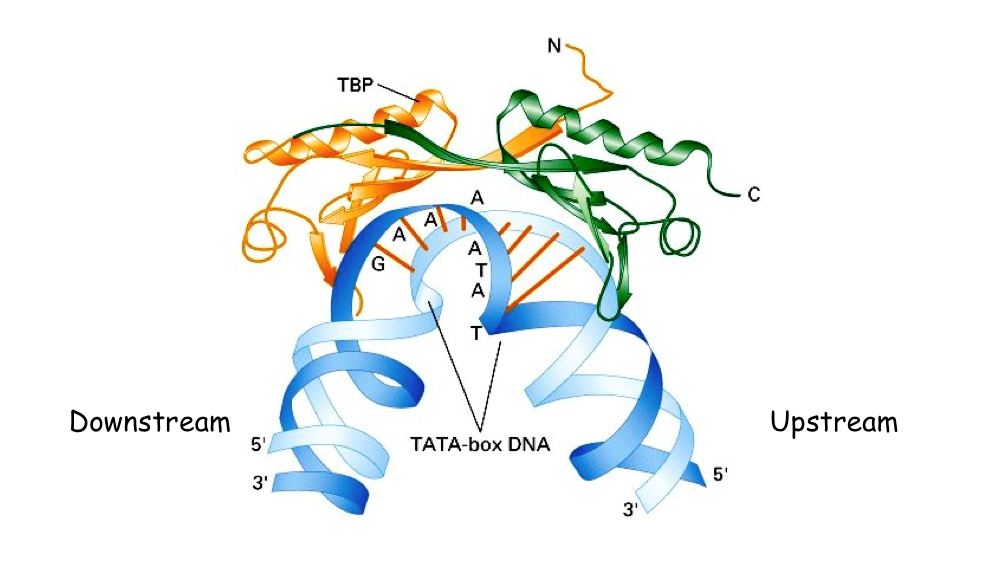DENTON (UNT), Texas -- A University of North Texas professor is part of an international team who just made a breakthrough in DNA research. Using a polymer matrix, the team was able to imprint a sequence of a single strand DNA.
Francis D'Souza, a University Distinguished Research Professor in UNT's Department of Chemistry worked with researchers from The Institute of Physical Chemistry of the Polish Academy of Sciences and the University of Milan in Italy to accomplish this feat.
The possibility of relatively simple and low-cost production of stable polymer equivalents of DNA sequences is an important step in the development of bioanalytical methods for genetics. It could especially have benefits for use in biotechnology and molecular medicine that helps find diseases. It could also pave the way for applications in nanotechnologies operating on chains of DNA and the permanent archiving and replicating of the genetic code of different organisms.
Imprinting chemical molecules in a polymer is a method that has been under development for years. However, no one has ever before used it to construct a polymer chain. For his role in the research, D'Souza and his UNT team designed and synthesized a group of suitable monomers, which are the building blocks to create this new synthetic DNA recognition unit.
"Generally, the molecularly imprinted polymers with embedded molecular recognition sites fulfil the role of a sensing material of a sensor," said D'Souza. "The three-dimensional recognition sites within the polymer film selectively bind the analyte due to shape and size selectivity. This work goes further where in addition to shape and size selectivity, we were able to follow sequential order of the constituent nucleobases in the recognition process."
The research teams are now looking into utilizing the matrices prepared using the imprinted technology to reconstruct the original sequence of a DNA chain, a step forward in bio nanotechnology.





